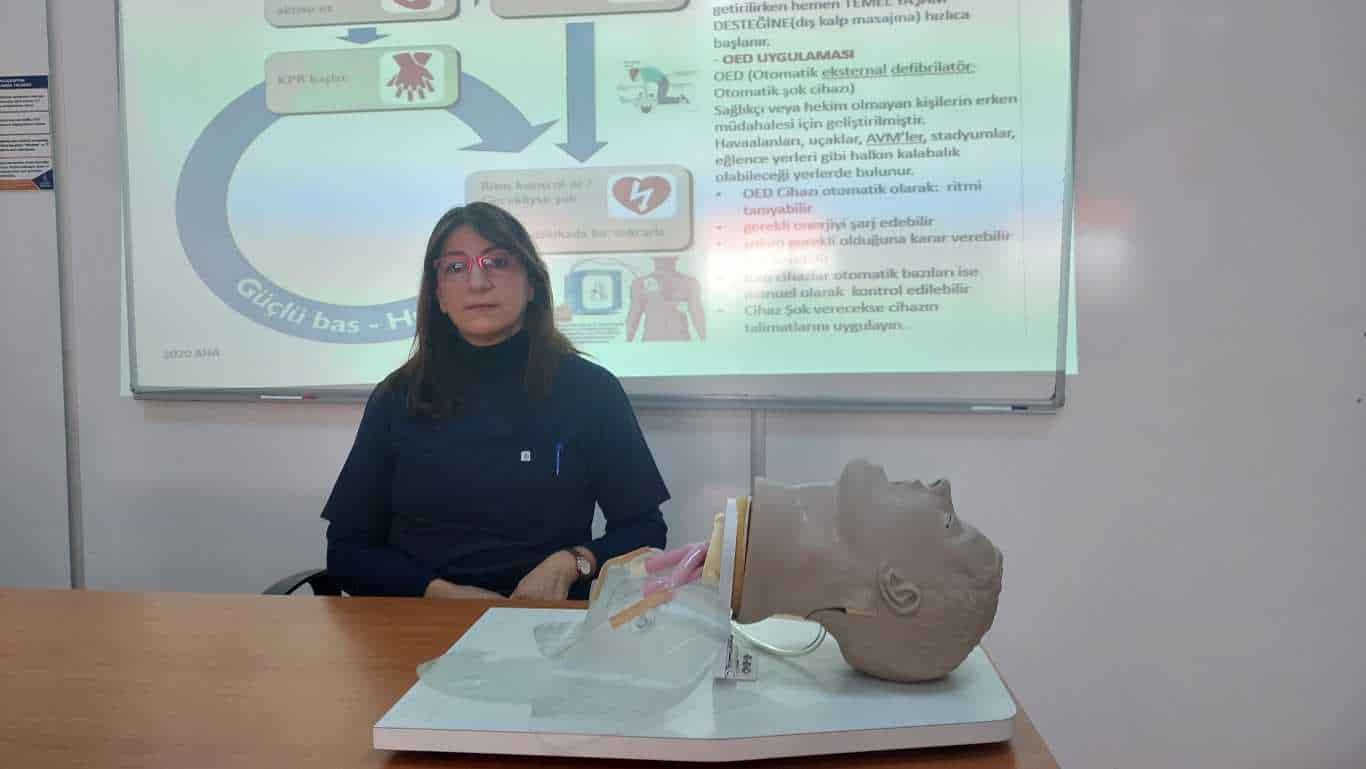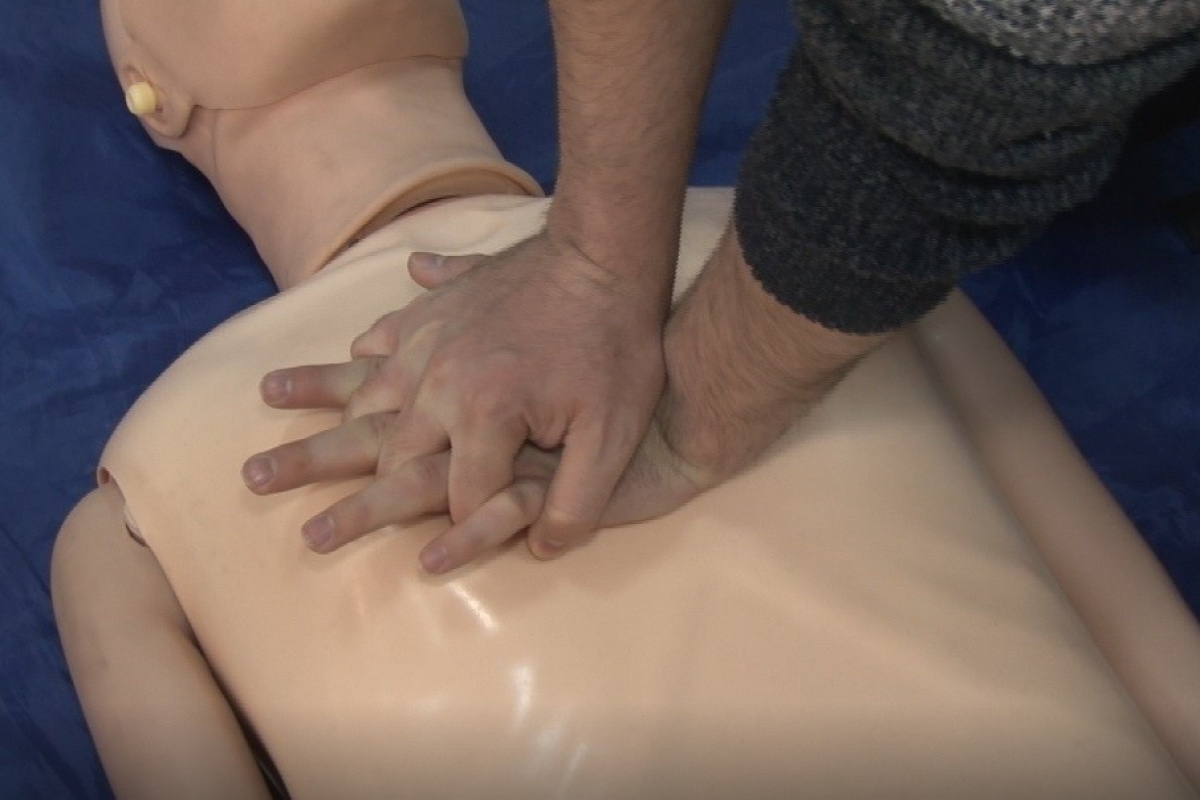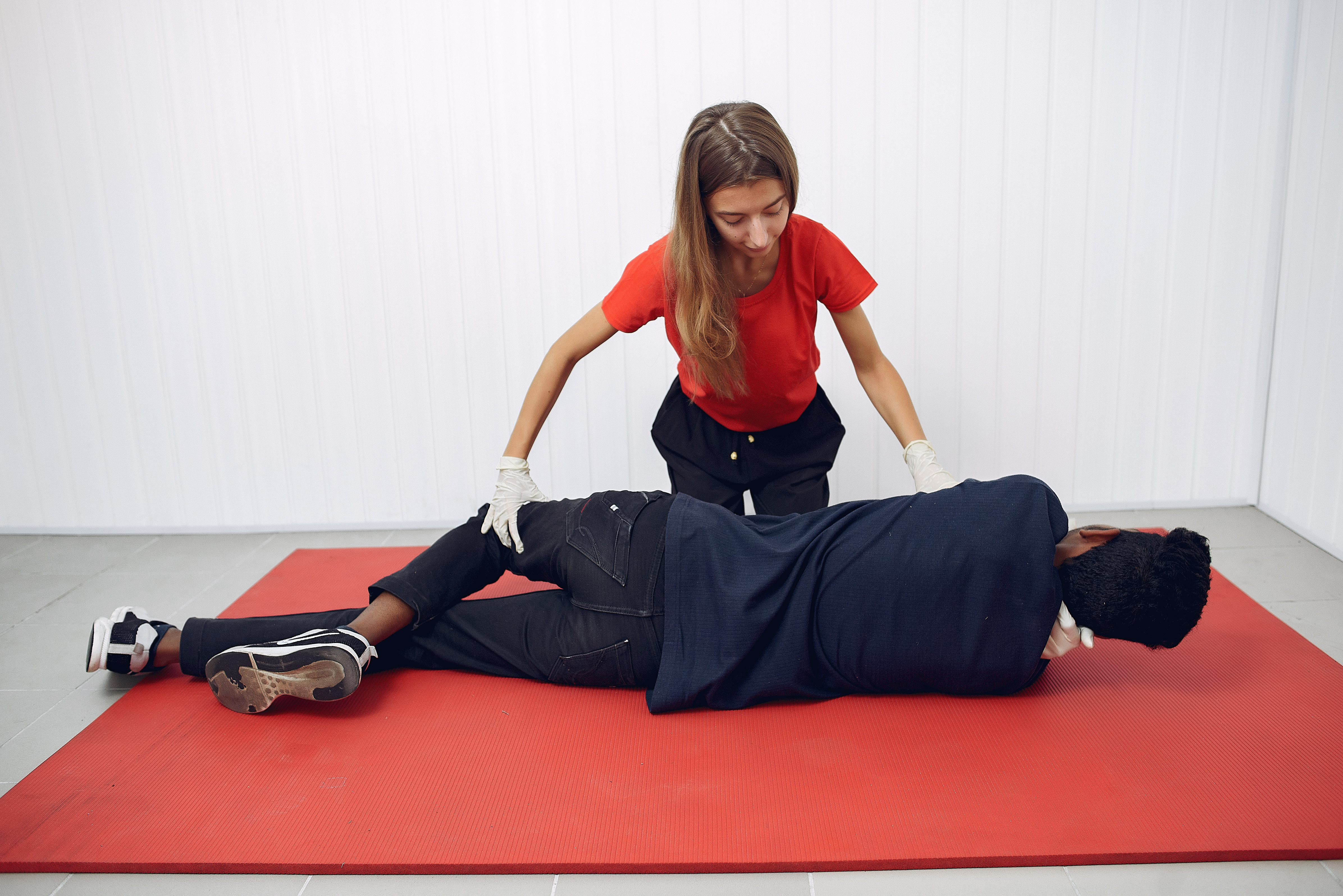After the recent earthquake that affected millions of people, the fact that the health teams could not intervene immediately to everyone at the same time again revealed the significance of first aid information. Nurcan Esin remarked giving first aid is vital, particularly in cases such as cardiac arrest, inability to breathe and bleeding, and that everyone should have enough information to intervene at any time.
First and emergency aid comes from the people next to you!
The issue is sensitive for both ourselves and our loved ones. Nurcan Esin, lecturer at Istanbul Gelisim University (IGU), Vocational School of Health Services, First and Emergency Aid Program: “The average arrival time of ambulances takes 7-8 minutes. Damage to the heart and brain, especially in brain cells due to lack of oxygen, begins in the first 4 minutes. After 6 minutes, this damage continues to increase and becomes irreversible at 10 minutes. That is why until the ambulance or professional teams arrive, the people who can help you should be by your side”.
 What is first aid? How is it done?
What is first aid? How is it done?
The consciousness of the sick/injured person should be checked first. When we give a painful warning to a patient who does not respond to us when we call or touch, if there is no response, we should call 112 immediately or if there is someone else to call, we should give direct instructions and activate the 112 emergency system. If we know how to check the pulse in the patient’s carotid artery/injured, we should immediately start heart massage to the patient who does not have a pulse. If we do not know how to check the pulse in an unconscious patient/injured who does not respond to us and if the airway is not obstructed, we can start heart massage to the patient who is not breathing after quickly assessing whether s/he is breathing.
How should cardiac massage is done?
Esin said that the sooner CPR is started, the lower the rate of death and disability will be, and continued her briefing on how CPR is done:
“It is very crucial to start CPR quickly and early. Early heart massage prevents blood circulation and oxygen deprivation of the brain until the ambulance arrives. This reduces damage to brain cells, minimizing death and disability.
We put our palms in the middle of the chest and interlock our hands on top of each other. We apply pressure to the heart right on the middle bone of the chest, without moving and with our arms straight, at a 90-degree angle.”
Continuous heart massage and artificial respiration should continue for 2 minutes!
In order to ensure that the patient can breathe comfortably after 30 heart massages, we need to give the patient 2 breaths in the head-back-chin-up position.
Esin said, “We take a deep breath and breathe through the mouth of the patient, whose nose we cover with our hands, twice, and we switch to heart massage again without any intervals. We continue this cycle for 2 minutes without a break, at 100-120 compressions per minute. After 2 minutes, we check the heart and breathing. If the patient still does not have a heartbeat or breathing, we continue the practice until the ambulance arrives.’’
 Head back chin up position should be applied to make sure the tongue falls backward and not to block the airway
“
Head back chin up position should be applied to make sure the tongue falls backward and not to block the airway
“There is a misapplication when evaluating respiration; For some reason, everyone thinks that the tongue is falling backward, so they immediately try to pull the tongue out. This may harm the patient, cause injury, bleeding, and tooth fractures. If there is something visible in the mouth of the patient/injured, we can remove it without forcing it with our hands. When you put the head back-chin up position, which is as important as heart massage, it will not obstruct the airway.’’
An ambulance should be waited in the coma position after heartbeat and respiration. So, how to put a person in a coma position?
After the first aid and heart massage applied to the patient, the heartbeat and respiration return, the patient should be put in the coma position and the ambulance should be waited. Esin also reminded that nothing should be placed on the patient's head. Esin also added:
“Placing something high (such as a pillow) under the patient's head is wrong in terms of breathing in patients who do not have breathing or whose heart and respiration have returned with the intervention. Instead, in patients with 'circulation and respiration', it is necessary to wait for the ambulance by putting the position we call 'coma position-recovery position' and to check the breathing of the patient/injured frequently. While giving the coma position to the patient/injured who does not have any fractures, dislocations or sprains, the arm of the patient should be extended upwards and the other arm should be placed under the chin. Again, we should bend the leg on the side of the arm, which we placed under the chin, and turn the patient/injured side to the side to which we extended the arm upwards by supporting it from the shoulder and hip bone. This position will prevent saliva-secretion block the airway and lungs if the patient vomits.
 “We should not interrupt the pressure in case of bleeding”
“We should not interrupt the pressure in case of bleeding”
Esin also gave information about bleeding control, concluded her words as follows:
“In cases of bleeding, after applying pressure on the bleeding, the pressure material is removed and the wound is examined to see if the bleeding continues or has it stopped. However, if it is full of blood due to excessive bleeding, it is necessary to continue the pressure after adding a second clean cloth without interrupting the pressure. With this pressure, urgent help should be sought by keeping the bleeding organ above the level of the heart.”




